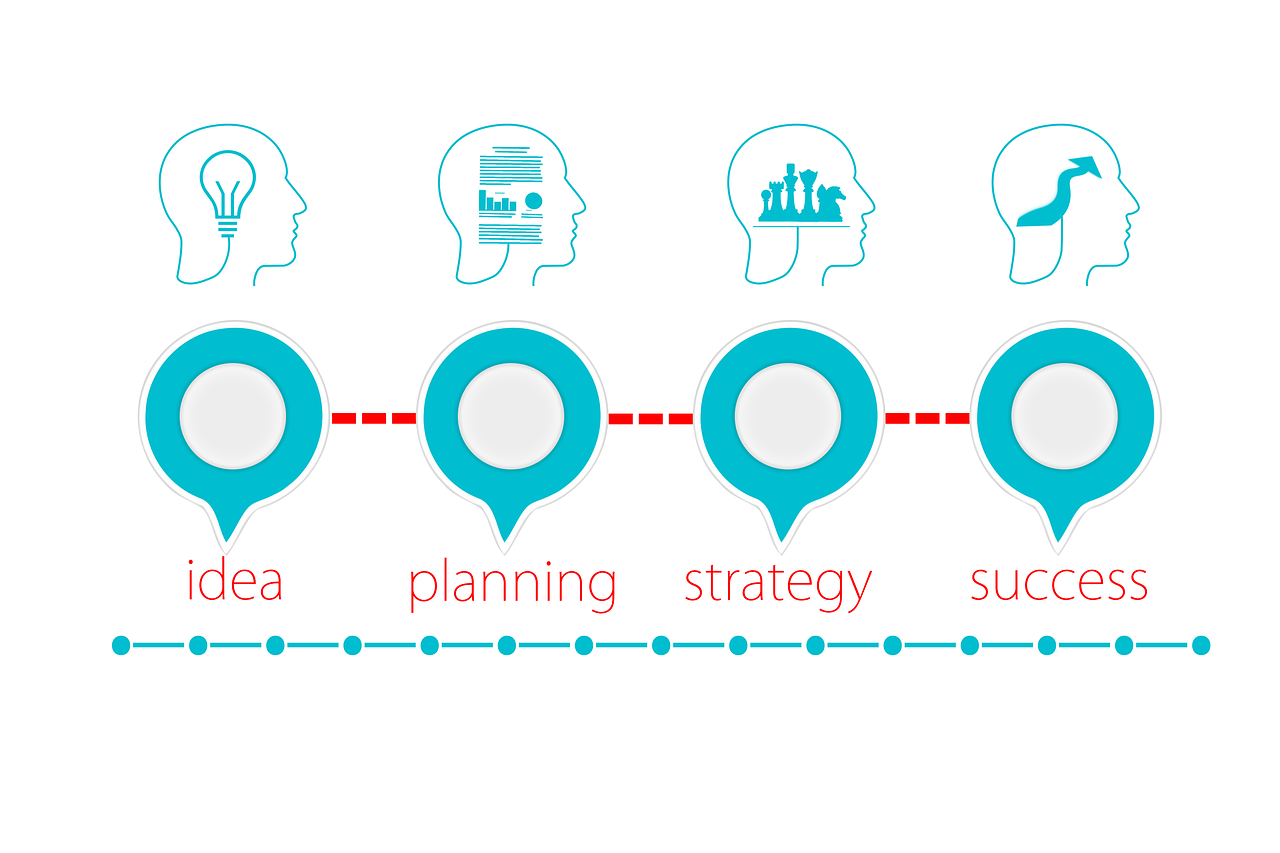Creating a successful wellbeing strategy for your organization requires a thorough evaluation of your current readiness and consideration of key factors. Here’s a step-by-step guide to help you get started:
- Understand the Importance of Wellbeing: Start by understanding why wellbeing is important for your organization. It can lead to increased employee satisfaction, improved productivity, reduced turnover, and better overall performance.
- Assess Organizational Readiness:
- Leadership Buy-In: Ensure that senior management and leadership are committed to prioritizing employee wellbeing.
- Resource Allocation: Evaluate the budget, staff, and other resources available for implementing a wellbeing strategy.
- Cultural Readiness: Assess your organizational culture to see if it supports wellbeing initiatives. If not, consider cultural changes.
- Data and Metrics: Determine if you have access to relevant data and metrics to measure the current state of employee wellbeing.
- Gather Employee Input: Conduct surveys, interviews, or focus groups to understand employee needs, concerns, and preferences regarding wellbeing initiatives. This input will help tailor the strategy to your organization’s unique needs.
- Identify Key Wellbeing Areas: Consider what aspects of wellbeing you want to address. Common areas include physical health, mental health, work-life balance, financial wellness, and social connectedness. Your choice should align with employee needs and company goals.
- Set Clear Objectives: Define specific, measurable, achievable, relevant, and time-bound (SMART) objectives for your wellbeing strategy. For example, you may aim to reduce stress levels among employees by a certain percentage within a year.
- Develop a Wellbeing Committee or Team: Establish a dedicated team or committee responsible for designing, implementing, and monitoring the wellbeing strategy. Include representatives from different departments and levels within the organization.
- Create a Wellbeing Strategy:
- Wellbeing Programs: Develop programs and initiatives that address the identified areas of wellbeing. These can include fitness programs, mental health support, financial planning workshops, and more.
- Communication Plan: Develop a plan for how you will communicate the strategy and its benefits to employees.
- Evaluation Plan: Design a system to regularly assess the effectiveness of your wellbeing programs and gather feedback from employees.
- Allocate Resources: Allocate the necessary resources, including budget, personnel, and time, to implement and sustain the wellbeing strategy.
- Training and Education: Provide training and education to managers and employees to ensure they understand and actively participate in the wellbeing initiatives.
- Implement and Monitor: Roll out the wellbeing programs and initiatives as planned. Continuously monitor progress and make adjustments as needed based on data and feedback.
- Measure and Evaluate: Regularly collect data and feedback to evaluate the impact of the wellbeing strategy. Use this information to make informed decisions about program improvements.
- Adapt and Evolve: Be prepared to adapt and evolve your wellbeing strategy as your organization changes and new challenges arise. Wellbeing is an ongoing process, and your strategy should reflect that.
- Celebrate Success: Recognize and celebrate the successes and positive outcomes of your wellbeing initiatives, and communicate these achievements to employees and stakeholders.
- Maintain Transparency: Keep employees informed about the progress of your wellbeing initiatives and encourage them to share their experiences and suggestions.
- Legal and Ethical Considerations: Ensure that your wellbeing strategy complies with all relevant laws and regulations, including data privacy and discrimination laws.
Remember that a successful wellbeing strategy is a long-term commitment, and it should be aligned with your organization’s values and goals. Regularly review and update your strategy to ensure it remains effective and beneficial for your employees.
If you would like to get in touch to see how we can best support your organisation you can contact www.oktalk.co.uk or reach out to Marina directly via LinkedIn: Marina Sabolova.

